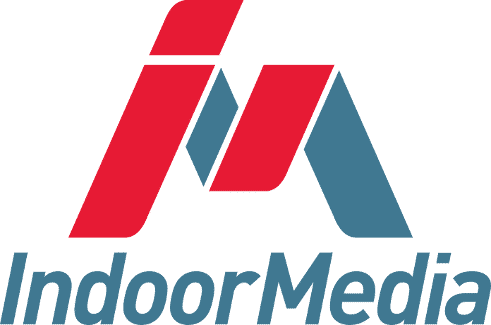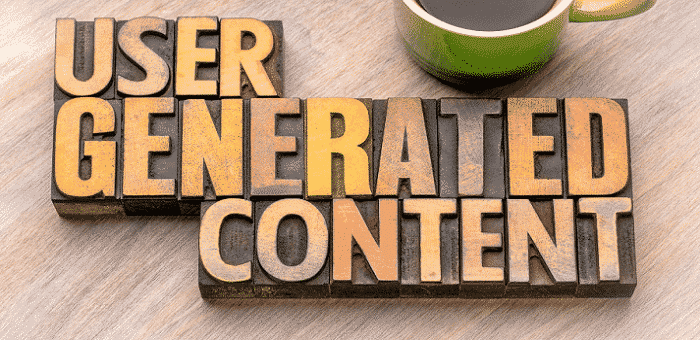A few decades ago, marketing was somewhat of a monolith. The stereotype of “Mad Men,” heavy-drinking, suit-wearing professionals working in offices high above New York City’s Madison Avenue, is based in truth. But, then, advertising was done by specialized professionals. Today, it’s much more democratized.
Even business owners with a zero-dollar marketing budget can effectively advertise on social media. In addition, anyone can create decent-looking marketing materials using free creation tools like Canva.
It’s not only much easier for business owners and marketers to create their advertising collateral than it once was — many businesses’ customers actually create advertising materials for those businesses, whether prompted to or not.
User-generated content (UGC) is simply any piece of content created by a consumer, but featuring a business (or that business’ products, services, etc.).
In today’s fast-paced real estate world, new real estate agents are inundated with advice on how to boost their visibi...




